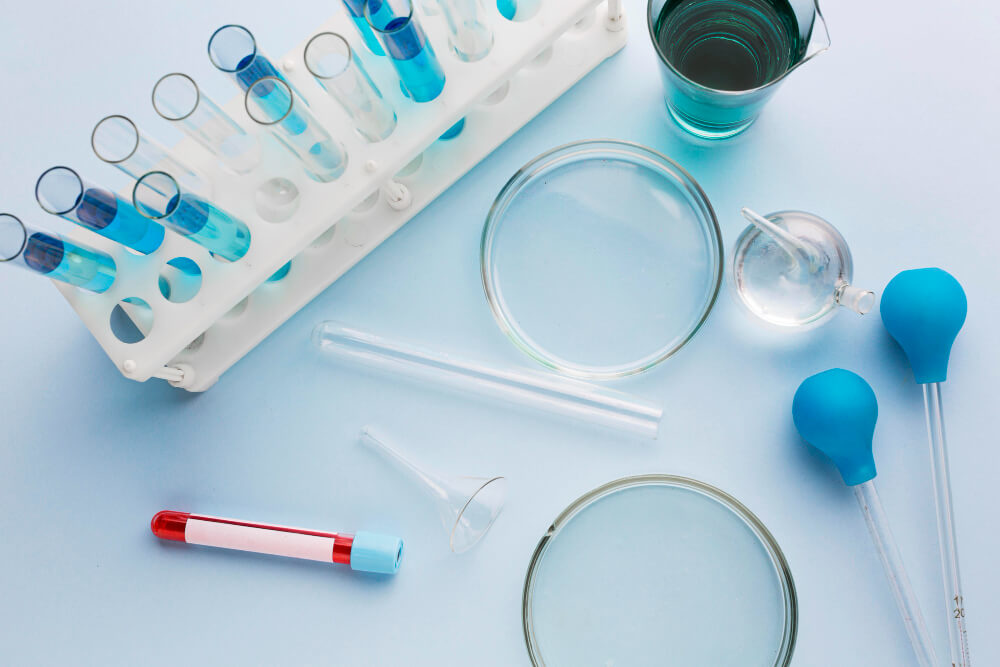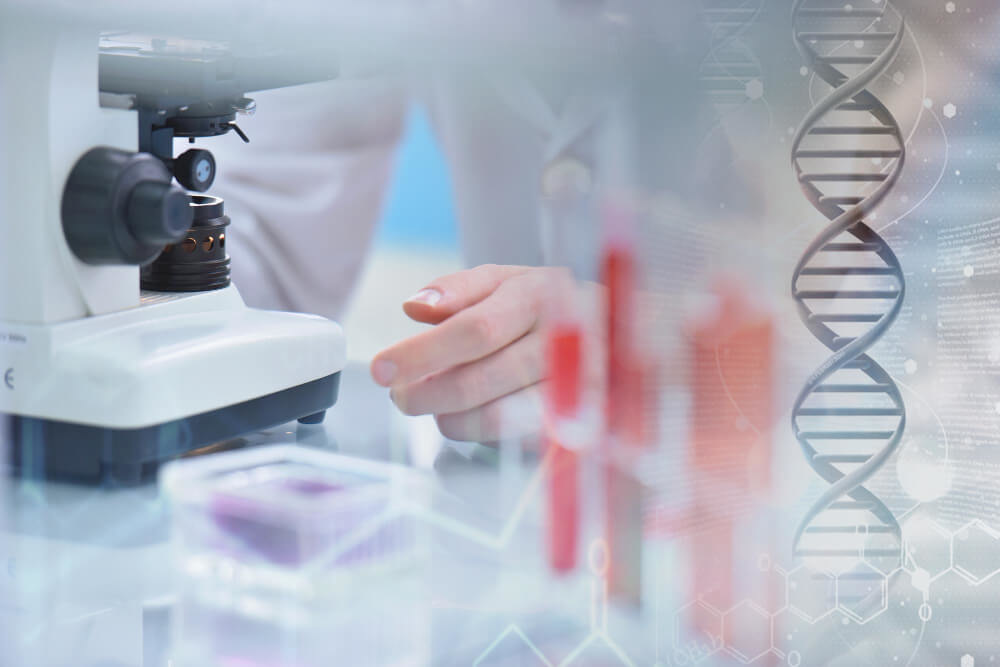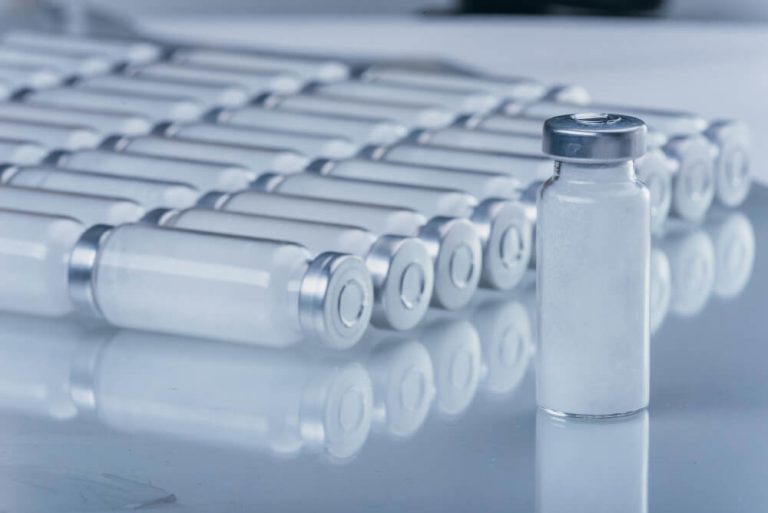Biohacking Clinic: Your Ultimate Guide to Human Optimization
In a world obsessed with optimization, the final frontier is no longer just our technology, but our own biology. We track our steps, monitor our sleep, and fine-tune our diets, all in the pursuit of feeling and performing better. This growing movement, known as biohacking, is about taking control of your body’s systems to enhance your physical and cognitive capabilities.
At the heart of this revolution is a new type of facility that combines cutting-edge science with personalized care. This is the world of the modern biohacking clinic, a place where data-driven insights meet advanced therapeutic technologies. It represents a fundamental shift from traditional reactive medicine to a proactive model focused on prevention and peak performance.
These centers are not just for elite athletes or tech billionaires anymore. They are becoming increasingly accessible to anyone who feels their health could be better, their energy levels higher, or their mind sharper. It’s about moving beyond ‘not sick’ and into a state of genuine, vibrant wellness.

What Exactly is a Biohacking Clinic?
A biohacking clinic is a specialized wellness center dedicated to optimizing human health, performance, and longevity. Unlike a conventional doctor’s office that primarily treats disease and symptoms, a biohacking clinic aims to upgrade your baseline health. It operates on the principle of using measurable data to inform personalized interventions.
Think of it as a high-performance lab for your body. The goal is to identify areas for improvement before they become problems, addressing everything from cellular health and metabolic function to brain performance and stress resilience. It’s a holistic approach that views the body as an interconnected system.
This proactive stance is the key differentiator. While your family doctor is essential for managing acute illness and established diseases, a biohacking clinic focuses on enhancing your healthspan, which is the period of your life spent in good health. They use advanced tools to help you build a more robust and resilient biological system.

What Kind of Services Can You Expect?
Biohacking clinics offer a diverse menu of services, ranging from deep diagnostics to hands-on therapies. The specific offerings can vary, but they generally fall into two main categories: assessment and intervention. The journey always begins with understanding your unique biology in unprecedented detail.

How Do They Assess Your Current Health?
The foundation of any good biohacking program is comprehensive testing that goes far beyond a standard physical. The goal is to create a complete picture of your current biological state. This data forms the blueprint for your personalized optimization plan.
Common assessments include extensive blood panels that look at hundreds of biomarkers, from inflammatory markers and hormone levels to nutrient deficiencies and metabolic health indicators. Genetic testing is also common, revealing predispositions and how your body might respond to certain foods, exercises, or supplements.
Other advanced diagnostics might include microbiome analysis to assess gut health, cognitive function tests to measure brain performance, and body composition scans to determine muscle mass and fat distribution. This wealth of information allows practitioners to move beyond guesswork and create truly targeted strategies.

What Are Common Therapies and Treatments?
Once your baseline is established, the clinic will recommend a suite of therapies designed to address your specific goals and biological needs. These interventions are often non-invasive and aim to support the body’s natural healing and optimization processes.
One of the most popular services is intravenous (IV) nutrient therapy. This method delivers a high concentration of vitamins, minerals, and antioxidants directly into the bloodstream, bypassing the digestive system for maximum absorption. Custom blends can be created to boost immunity, increase energy, or enhance detoxification.
Cryotherapy is another staple. This involves exposing the body to extremely cold temperatures for a few minutes. The practice is used to reduce inflammation, accelerate recovery from exercise, and potentially boost metabolism and mood through the release of endorphins.
Infrared saunas are used for their ability to penetrate deep into the body’s tissues. This can help improve circulation, support detoxification through sweating, and promote relaxation. Unlike traditional saunas, they use light to create heat, which many find more comfortable.
Hyperbaric Oxygen Therapy (HBOT) involves breathing pure oxygen in a pressurized chamber. This environment allows your lungs to gather much more oxygen than is possible at normal air pressure. This oxygen-rich blood is then circulated throughout the body, helping to fight bacteria, stimulate the release of growth factors, and promote healing.
Red Light Therapy, or photobiomodulation, uses specific wavelengths of red and near-infrared light to stimulate cellular energy production. It’s often used to improve skin health, reduce inflammation, and support muscle recovery. It’s a gentle therapy that works at a cellular level to enhance function.
Neurofeedback is a type of brain training that helps you learn to regulate your own brainwave activity. By receiving real-time feedback, you can train your brain to enter more desirable states, which can lead to improved focus, reduced anxiety, and better sleep quality.
Finally, a core component is a highly personalized supplement and nutrition plan. Based on your unique genetic and biomarker data, the clinic will recommend specific nutrients and dietary changes to optimize your biology from the inside out.

Who Should Consider Visiting a Biohacking Clinic?
The audience for biohacking is broader than you might think. While it certainly attracts high-performers looking for a competitive edge, its principles apply to anyone interested in upgrading their quality of life. You don’t need to be an athlete to want more energy or better sleep.
One group that finds immense value are individuals with chronic, nagging health issues that haven’t been fully resolved by conventional medicine. These might include persistent fatigue, brain fog, digestive problems, or low-grade inflammation. The deep diagnostic approach can often uncover root causes that were previously missed.
Professionals dealing with high-stress jobs also turn to biohacking to build resilience and maintain cognitive sharpness. The therapies can help manage the physiological impact of stress, improve focus, and prevent burnout. It’s an investment in their most important asset: their own health and mental clarity.
Additionally, anyone with a proactive interest in longevity and healthy aging is a prime candidate. By optimizing cellular health and reducing inflammation today, you are laying the groundwork for a longer, healthier future. It’s about adding life to your years, not just years to your life.

How is a Biohacking Clinic Different from a Longevity Clinic?
While the terms are often used interchangeably, there can be subtle differences in focus between biohacking and longevity clinics. Understanding these distinctions can help you choose the right path for your specific goals. Both exist on the cutting edge of proactive health, but their primary objectives can diverge.
A biohacking clinic often places a strong emphasis on immediate performance enhancement. The goal might be to sharpen cognitive function for a major project, accelerate muscle recovery for athletic competition, or boost energy levels for a demanding lifestyle. The timeline is frequently focused on the here and now.
A longevity clinic, on the other hand, is typically more focused on the long game: extending healthspan and lifespan. The interventions are geared towards slowing the aging process at a cellular level, preventing age-related diseases, and maintaining a high quality of life for as long as possible. The focus is on metrics like biological age rather than just immediate performance.
Of course, there is significant overlap. Better performance today often contributes to better health tomorrow, and the foundations of longevity are built on optimal daily function. Many modern facilities blend both philosophies, but a detailed exploration of biohacking versus longevity can reveal important nuances in their clinical approaches and business structures.

What is the Underlying Philosophy?
The entire field of biohacking is built upon the principles of systems biology and functional medicine. This approach views the body not as a collection of independent organs, but as a single, intricate web of interconnected systems. A problem in one area, like the gut, can have ripple effects on the brain, immune system, and energy levels.
Functional medicine seeks to identify and address the root cause of dysfunction, rather than simply suppressing symptoms. It asks ‘why’ a problem is occurring and uses that understanding to guide treatment. This is why biohacking clinics invest so heavily in deep diagnostics to understand your unique biological terrain.
Many of the leading practitioners in this field have advanced training from organizations that champion this systems-based approach. Institutions like The Institute for Functional Medicine provide comprehensive education on how to apply these principles in a clinical setting, moving medicine towards a more personalized and preventative model.
Central to this philosophy is the health of the gastrointestinal system. The gut is often called the ‘second brain’ and plays a critical role in nutrient absorption, immune function, and even mood regulation. Because of its importance, many advanced clinicians pursue specialized functional gastroenterology training to master the complexities of gut health and its systemic impact.

What Does a Typical Patient Journey Look Like?
Engaging with a biohacking clinic is a structured, multi-step process designed to deliver personalized and measurable results. It’s a collaborative journey between you and the clinical team, with a clear focus on your individual goals.

What Happens During the Initial Consultation?
Your first visit is a deep dive into you. It goes far beyond a typical medical history. The clinician will want to understand your health goals, lifestyle, diet, exercise habits, stress levels, sleep patterns, and what you hope to achieve. This conversation sets the stage for the entire program.
Based on this discussion, the team will recommend a panel of diagnostic tests. This is the data-gathering phase, designed to create that comprehensive biological snapshot. You will leave this appointment with a clear plan for the initial assessment.

How Are Personalized Plans Created?
After your test results are in, you’ll have a follow-up consultation to review the findings. This is where the magic happens. The clinical team will connect the dots between your biomarker data, your genetic predispositions, and your stated goals.
This data synthesis allows for the creation of a truly bespoke protocol. For instance, some forward-thinking providers like Wild Health use a precision medicine approach, heavily relying on genetic and biomarker data to tailor everything from diet and exercise to specific therapeutic interventions. Your plan will be unique to you.
This comprehensive plan will outline recommended in-clinic therapies, a detailed nutrition and supplement schedule, and lifestyle adjustments. It’s a multi-faceted strategy designed to optimize your system from all angles.

What About Follow-Up and Tracking?
A biohacking plan is not static; it’s a dynamic and iterative process. Your journey will involve regular check-ins and follow-up testing to monitor your progress. This allows the team to see what’s working and make adjustments as needed.
Many clinics incorporate data from wearable devices like smart rings or continuous glucose monitors to get real-time feedback on how your body is responding to the protocol. This continuous loop of ‘test, measure, adjust’ is key to achieving sustainable, long-term results.

Are These Clinics Medically Sound?
As with any emerging field, the quality of biohacking clinics can vary. The most reputable centers are founded and staffed by licensed medical professionals, including medical doctors (MDs), doctors of osteopathic medicine (DOs), nurse practitioners (NPs), and registered dietitians. Their expertise ensures that all interventions are safe and grounded in scientific principles.
It’s crucial to do your research and choose a clinic with a strong medical team. Professional organizations play a role in establishing standards and providing ongoing education for practitioners in this space. For example, the American Academy of Anti-Aging Medicine (A4M) offers advanced training and certifications for medical professionals focused on longevity and preventative health.
The field is also home to highly sophisticated centers that blend advanced diagnostics with top-tier medical care. Companies like Fountain Life are pushing the boundaries by using state-of-the-art imaging and AI to detect potential health issues at their earliest, most treatable stages, representing the pinnacle of proactive healthcare.

What Does the Future of Biohacking Clinics Look Like?
The future of biohacking clinics is bright and points towards a more integrated and personalized healthcare landscape. We can expect to see an even greater use of artificial intelligence to analyze complex data sets, uncovering patterns and insights that are currently beyond human capability. This will lead to even more precise and effective protocols.
As technology becomes more sophisticated and less expensive, many of these advanced therapies will become more accessible to the general public. What is now considered cutting-edge may soon become a standard part of a proactive wellness routine. The focus will continue to shift from treating sickness to actively cultivating wellness.
This growth also presents a significant opportunity for healthcare entrepreneurs and clinicians looking to be at the forefront of medicine. Understanding the successful business model for a biohacking center is becoming essential for those who want to build a practice in this rapidly expanding and impactful field.
Ultimately, the biohacking clinic represents more than just a collection of cool technologies. It signifies a paradigm shift in how we view health. It’s about empowerment, giving individuals the tools and knowledge to become the chief executive officer of their own biology. It’s a future where we are not just passive recipients of healthcare, but active participants in our own journey of human optimization.
Frequently Asked Questions

What are the primary liability risks if my clinic uses a non-FDA-approved device and a patient has an adverse event?
Using a non-FDA-approved device significantly increases your clinic’s liability exposure in the event of a patient injury or poor outcome. Your professional liability insurance may have specific exclusions for treatments using unapproved equipment, potentially leaving you to cover legal fees and settlements out of pocket. Furthermore, you could face scrutiny or disciplinary action from state medical or licensing boards for operating outside the established standard of care.
Beyond direct financial and professional penalties, the burden of proof shifts heavily onto your clinic in any legal dispute. You would need to definitively demonstrate the device’s safety and efficacy without the backing of the FDA’s rigorous review process, a very challenging position to defend. Such an incident can also cause irreparable damage to your clinic’s reputation, eroding patient trust and potentially leading to a long-term loss of business.

Beyond clinical studies, what practical steps can I take to verify a manufacturer’s claims about a non-FDA device?
Start by investigating the manufacturer’s history, reputation, and the credentials of its leadership and engineering teams. You should request detailed technical specifications, the device’s full mechanism of action, and any safety certifications it may hold from other reputable international bodies. It is also wise to ask the manufacturer for a list of other clinicians using the device so you can seek their direct, unbiased feedback.
In addition to manufacturer-provided information, conduct your own independent research by searching for the device in professional forums and online discussion groups. This can reveal real-world performance issues or user experiences not found in marketing materials. Consulting with an independent biomedical engineer or a trusted clinical peer with expertise in the relevant technology can provide another crucial layer of validation before you invest.

How should I discuss the use of a non-FDA-approved device with patients to ensure proper informed consent?
Full transparency is essential when discussing the use of a non-FDA-approved device with a patient. You must clearly and explicitly state that the device lacks FDA approval and explain what that means regarding oversight for safety and effectiveness. This conversation should thoroughly cover the potential risks, the purported benefits, and any available alternative treatments that are FDA-approved.
This detailed discussion must be documented in a specific and comprehensive informed consent form that the patient signs before treatment. The form should reiterate the device’s regulatory status and the key points you discussed in plain, easy-to-understand language. Always confirm the patient’s understanding and give them ample opportunity to ask questions, ensuring their consent is truly informed and voluntary.
Discover the most comprehensive functional medicine training, longevity training, and biohacking certification programs. Talking Longevity offers courses designed specifically for healthcare professionals, medics, and clinic owners who want to master regenerative medicine protocols and anti-aging therapies.







